Navantia UK has launched 55 new apprenticeships in Belfast and Appledore as part of the Ministry of Defence’s Fleet Solid Support (FSS) shipbuilding programme, which will provide logistical support to the Royal Navy’s Carrier Strike Group.
The apprenticeships—35 in metal fabrication and welding at Harland & Wolff in Belfast, and 20 in metal fabrication at Appledore in North Devon—will begin in August and September 2025. Training will be delivered in partnership with Northern Regional College and Petroc College, respectively.
The latest recruitment drive brings the total number of UK-based apprentices working on the FSS programme to 153.
The FSS ships, three of which are being built by Navantia UK as prime contractor, are being procured and managed by Defence Equipment & Support (DE&S), the Ministry of Defence’s procurement arm. The vessels will be operated by the Royal Fleet Auxiliary and will provide at-sea replenishment of ammunition, supplies, and provisions. Their mission set includes logistical support to carrier strike operations as well as contributions to counter-piracy and counter-terrorism tasks.
“We are pleased to see this investment into FSS apprenticeships helping to inspire the next generation of skilled workers in Harland & Wolff’s shipbuilding journey,” said Alex du Pré, FSS Project Leader at DE&S. “Apprentices working on the build of these vessels can take pride in knowing that they will be part of a critical programme that will strengthen our national security and the Royal Navy’s global presence.”
Navantia UK acquired Harland & Wolff in January 2025 and is investing in modernising the Belfast shipyard to support the FSS build and other future programmes. The company estimates the FSS initiative will create around 1,200 shipyard jobs and an additional 800 roles across the UK supply chain.
Katherine Thorn, Head of Talent and Culture at Navantia UK, said: “This apprenticeship programme represents our commitment to developing local talent and ensuring the future of shipbuilding in Belfast and Appledore. These future colleagues will be working on projects of national significance, contributing directly to the UK’s defence capabilities.”
Each of the FSS ships will operate with a core Royal Fleet Auxiliary crew of 101 personnel, with accommodation for up to 80 additional staff to support helicopter and boat operations as needed.


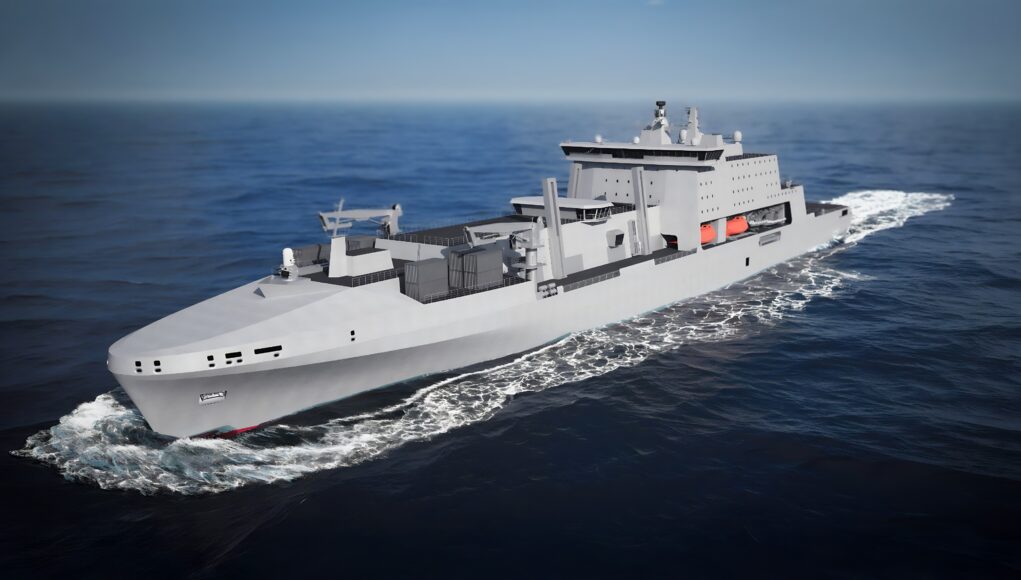

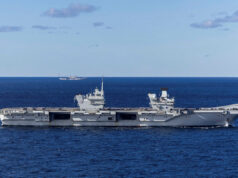
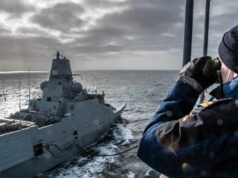
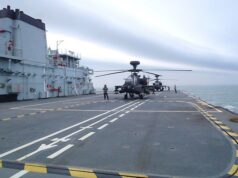

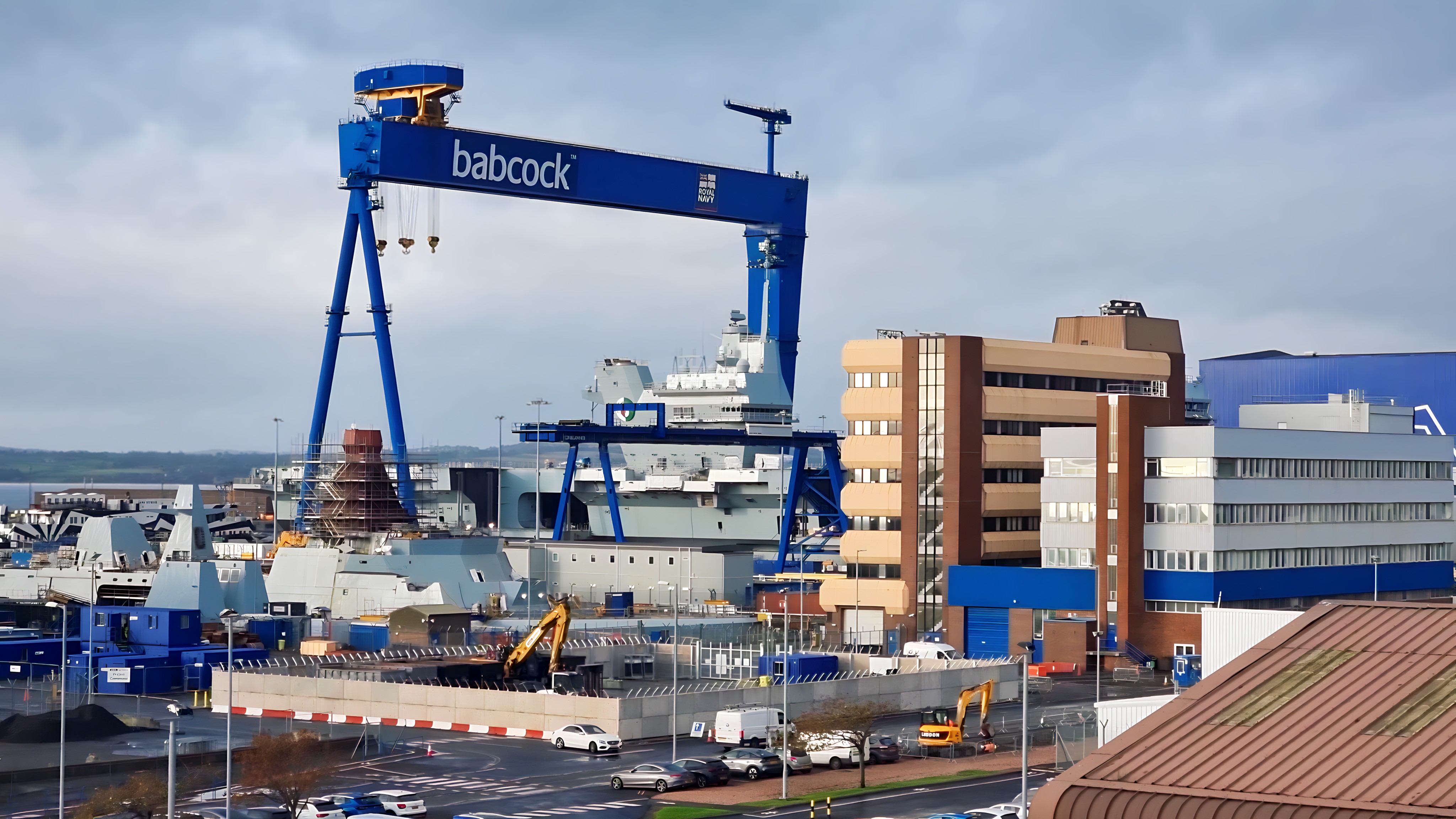
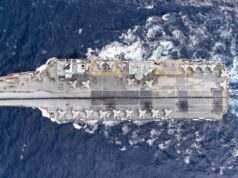

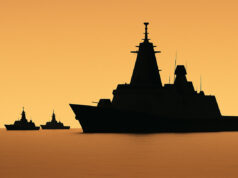
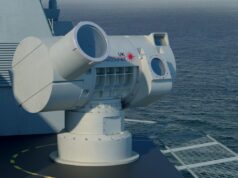

This is fantastic news, the recruitment of apprentices to learn their trades and go on to teach future generations is pivotal to the continued skills requirements for the future of the navy.
“Sky hooks, stripey paint and long weights are all part of the learning curve”.
Don’t forget the “metric adjustable”!
👍
Or the green oil for the starboard lamp
You forgot the Tartan paint, a spirit level bubble, a skirting board ladder, and a long weight!
Lets hope there will be greater than 55 apprenticeships generated for this multi-billion pound contract.
Great news for the first 55, but I’m hopeful for more, especially if FSS is going to be followed by MRSS- which we all hope will happen. After decades of slow or no ship building all of a sudden the entire RN and RFA fleet pretty much needs replacing.
This is the danger and what happens when decisions and funding are deferred and the can is kick down the road.
I know the report is stating there are now 153 apprenticeships tied to this programme but it is a large scale project and if Navantia are hopeful of securing the MRSS contract then many more apprenticeships should be trained up. Following MRSS there is still the entire survey fleet to replace as well possibly the need for a dedicated hospital ship/ disaster relief ship- unless this falls under MRSS banner?
In theory there is plenty of RN work to keep yards busy just as long as the government finally put their hands into their pockets and pay for a maritime focussed national defence strategy.
Id like to see some smaller warships as well- armed patrol and attack craft for example which could potentially be optionally manned or not and would provide additional strike platforms and patrol capacity. The USN and Aussie navies are both looking at the optionally manned concepts as a means of providing endurance and more warships at sea then would otherwise be possible with completely manned force structures.
A 2500 ton optionally manned warship can deploy feasibly quite a lot of firepower if it is just a missile and gun truck with co-operative engagement capability.